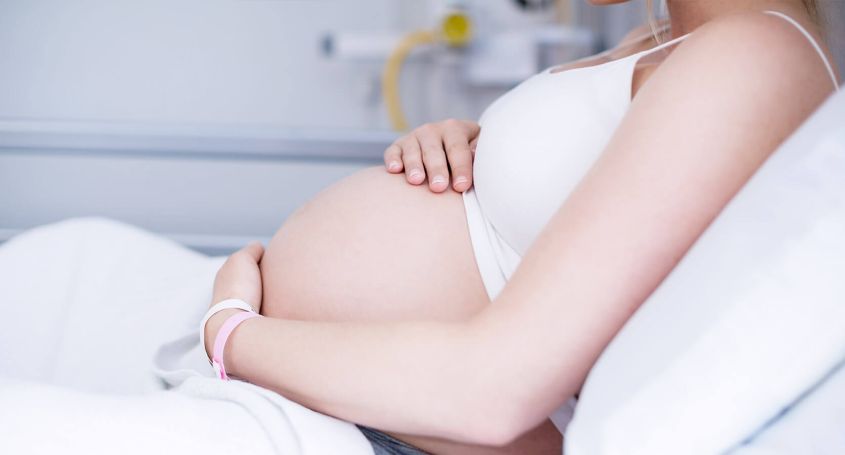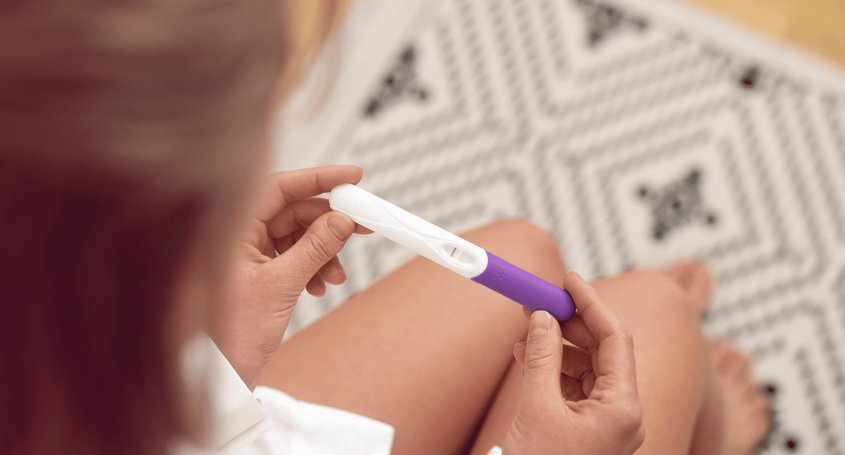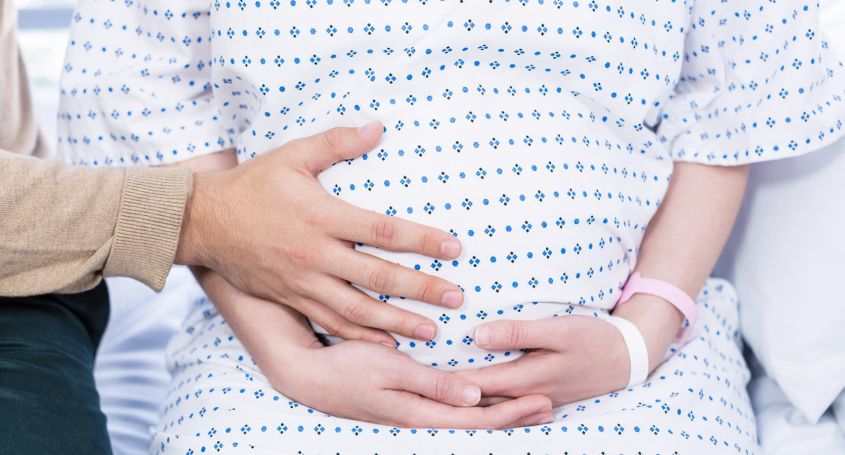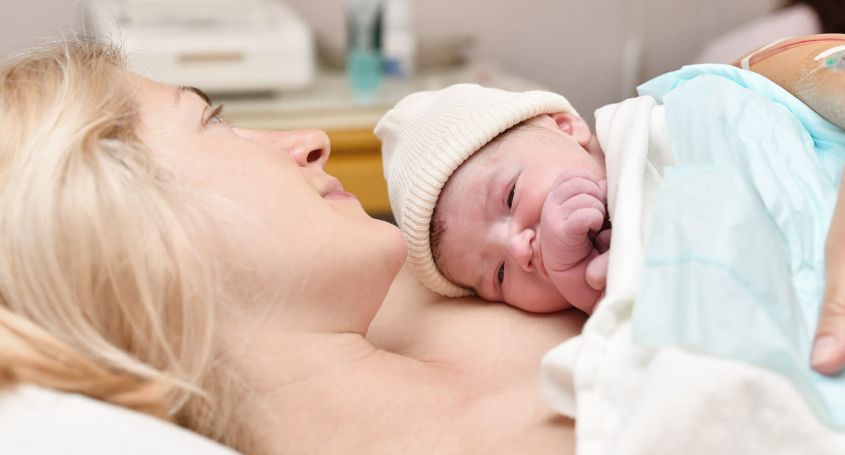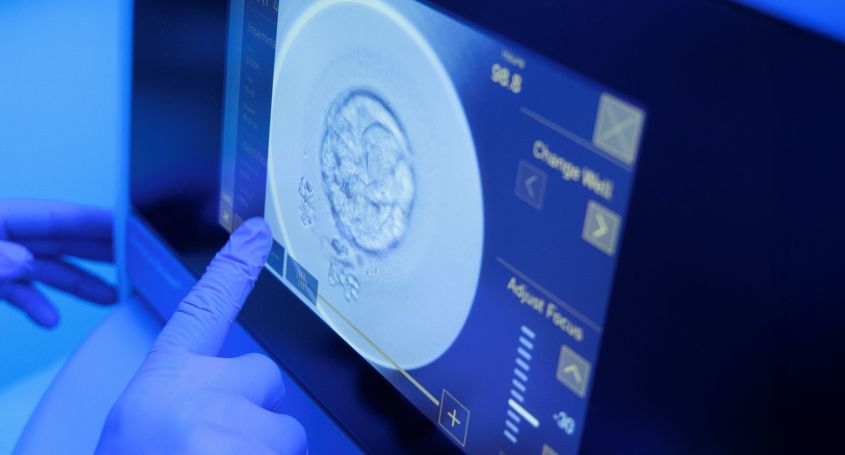Ovulation determines a woman's fertile days and, therefore, represents the optimal time to have sexual intercourse if pregnancy is desired.
During this process, the ovary releases a mature egg through the fallopian tube, where it can be fertilised by a sperm cell.
How does ovulation occur?
During the follicular phase of the cycle, an ovarian follicle grows. When it reaches the right size, there is an increase in luteinising hormone (LH), known as the ‘LH surge’, which causes the follicle to rupture and the release of the mature egg into the fallopian tube.
The egg has an average life of around 24 hours. If it is not fertilised during that time, the egg degrades, and the woman's fertile stage ends for that cycle. In the event of fertilisation, the embryo will continue its journey to the uterus, where it will attempt to implant itself to initiate gestation.
When does ovulation occur?
In women with regular menstrual cycles, ovulation usually occurs towards the middle of the cycle. For example, in a 28-day cycle, it usually occurs around the 14th day. However, this day can vary from one woman to another, and even between cycles for the same woman.
The so-called ‘fertile window’ spans from two days before to two days after ovulation, as sperm can survive between 3 and 5 days in the female reproductive tract.
Strategies for detecting fertile days.
There are different methods for identifying the time of ovulation and, with them, calculating the most fertile days of the cycle:
1. Physical symptoms
A woman's body undergoes physical and hormonal changes throughout the menstrual cycle that can make it easier to predict fertile days:
- Basal temperature: during ovulation there is an increase in temperature of between 0.2ºC and 0.5ºC. Measuring it every morning before getting up can help identify patterns in the cycle. Few women use it because of the discomfort involved.
- Cervical mucus: vaginal mucus provides a lot of information about the menstrual cycle, as it changes appearance throughout the cycle. During fertile days, the mucus becomes more abundant, stretchy, and transparent to facilitate the passage of sperm.
- Abdominal or pelvic discomfort: some women experience mild pain or a stabbing sensation on one side of the abdomen during ovulation.
- Changes in the cervix: the cervix becomes softer, higher, and more open during fertile days, although assessing this requires practice and is not always easy.
2. Ovulation test
Ovulation tests detect the increase in LH in urine and are over 90% reliable. However, their accuracy can be affected in women with irregular cycles, polycystic ovary syndrome (PCOS) or hormonal disorders. For more reliable results, it is recommended that the test be carried out daily at the same time, avoiding the first urine of the day.
3. Fertile day calculators.
Ovulation calculators allow you to estimate your fertile window by entering data such as the date of your last period and the average length of your cycle. Many mobile applications also allow you to record symptoms such as the appearance of your discharge or your basal temperature, which help to establish your fertile days more precisely.
Knowing your fertile days is key both for those trying to get pregnant and for those who want to avoid it. Beyond that, knowing your menstrual cycle helps to detect and prevent possible problems related to your reproductive health.
Dr. Cristina Guix
Gynecologist specialized in fertility at Barcelona IVF

